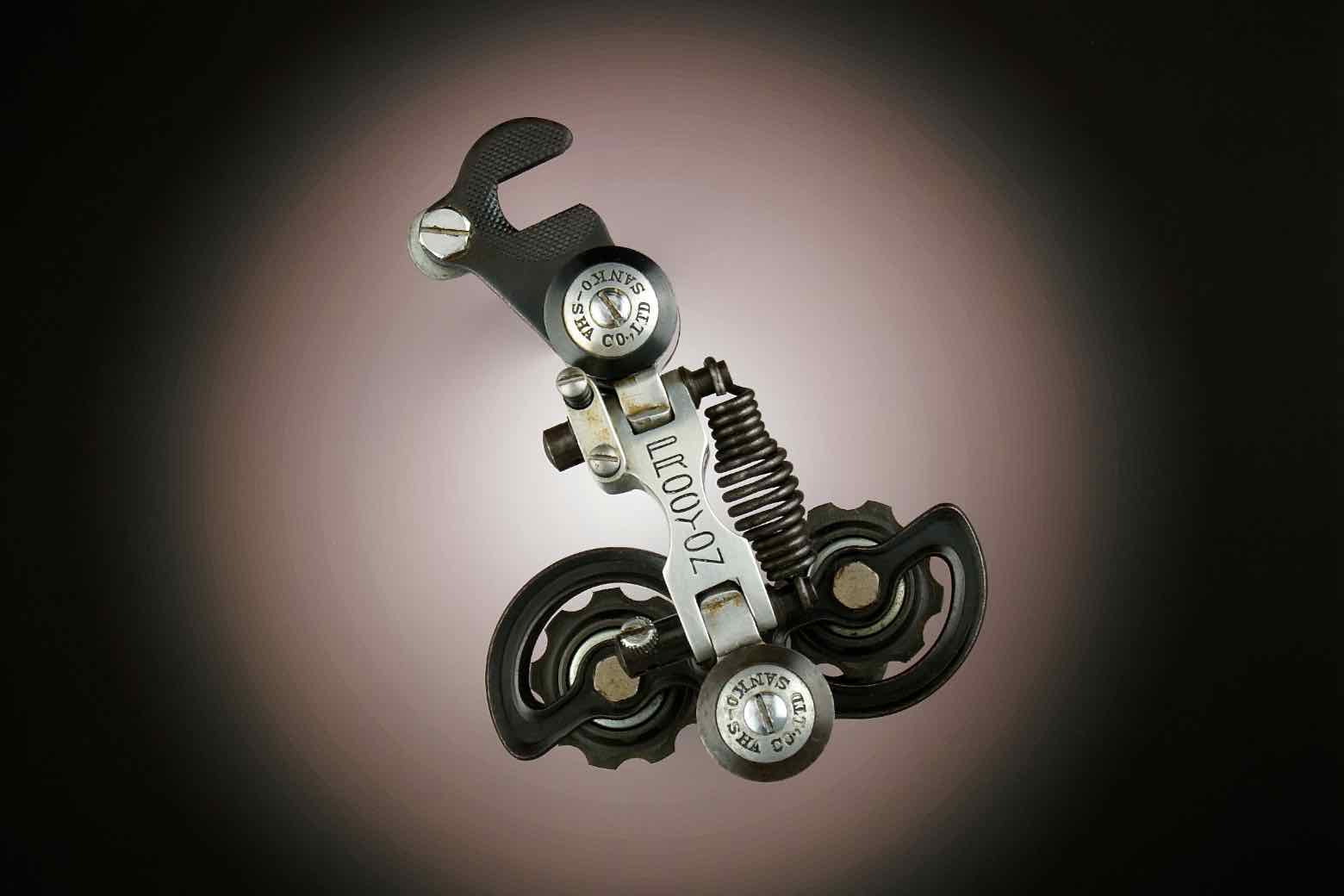The eve of the 1970s North American Bike Boom was, interestingly, the heyday of "muscle" cars and "chopper" races. So, it's no surprise that bicycles were made to evoke, in every way possible, the roaring engines and screeching tires of Daytona, Indy, LeMans and other motorized races.
The best-known of those bicycles were probably the Schwinn "Krate" series and Raleigh "Chopper". Sometimes I think the latter name referred to what happened to bones when we attempted some of the stunts we saw on "Wide World of Sports".
Whatever our skill (or stupidity) levels, we all could do "wheelies". We didn't need "training wheels", as we derisively called this item:
The best-known of those bicycles were probably the Schwinn "Krate" series and Raleigh "Chopper". Sometimes I think the latter name referred to what happened to bones when we attempted some of the stunts we saw on "Wide World of Sports".
Whatever our skill (or stupidity) levels, we all could do "wheelies". We didn't need "training wheels", as we derisively called this item:



























